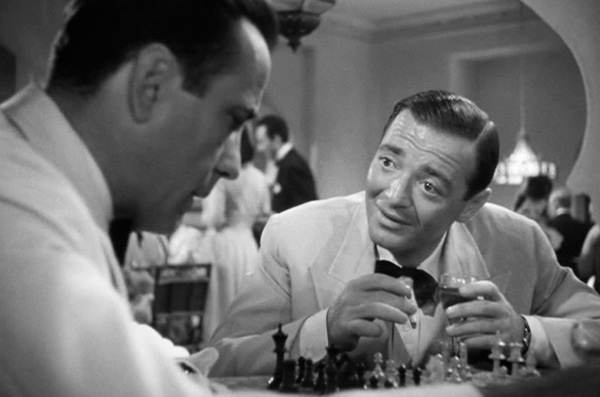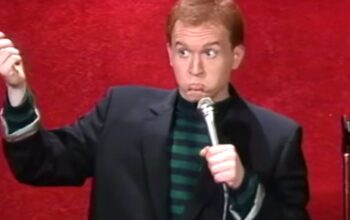How to ‘Show, Don’t Tell’ with Meaningful Action
Anyone interested in the art of storytelling will have likely heard of the principle ‘show, don’t tell’ as the primary technique for creating good stories. The idea is that telling about a character or event—or talking about it in the third-person—is boring and often fails to engage, while showing something happening first-hand endows the story with meaning, making an altogether more compelling story.
You could tell your audience that Jane is diligent, for instance, but there’s no reason for them to believe you until they see her working late on something after everyone else has gone home. No matter what you have to say, it is always more evocative and interesting if you show it instead of telling it.
The problem is that what most people think of as showing is little more than visual telling or describing something that is visual. It has all the earmarks of showing in that it describes what we see, but the image isn’t meaningful, and so it ends up being exposition anyway. You can say “Jane furrowed her brow” or “she displayed intensity as she worked” to convey diligence. Even though these are descriptions of physical actions, they are simply describing without meaning, and so it still feels like telling. Anyone who reads a series of these descriptions will rightly be bored out of his gourd.
Finding Meaning
To show, rather, the narrative needs to take the shape of meaningful action, which includes the lead character doing something, but also the context and, ideally, some sort of obstacle that the lead overcomes. It is by overcoming the obstacle that we glean some sort of meaning in the action.
Back to the example: How would we show that Jane is diligent? Maybe she tries something once, fails, then tries again, fails, then keeps trying. Maybe everyone else has given up but she’s still there trying past sunset. How would we show that her moves are calculated? Maybe she’s taking her time to do something while an impatient friend is begging her to hurry up. How would we show that she’s nurturing? Maybe she takes a break from a difficult task to adore a baby.
All great stories are dense with this kind of meaningful action. Indeed, it is the meaningful action that makes them great stories. Think about the opening sequence of Casablanca in which we meet the loner Rick Blane, who says he sticks his neck out for no one. We wouldn’t believe him, but then we see him do nothing as Ugarte gets arrested in his club—Rick really is the loner anti-hero type.
Or consider how the 2005 adaptation of King Kong manages to make even the most prosaic exposition into something wildly entertaining. We first meet Ann Darrow, a talented vaudeville performer who loses her job when her theater closes. She begs for an audition for another part, but is rejected. She contemplates performing for a seedy cabaret, but tosses the referral and walks away. Then she steals an apple and gets caught before producer Carl Denham gets her off the hook. In all of this, we get to know Ann as well as we know our good friends. We learn that Ann is principled, but desperate, talented, and resilient in the face of challenges. When Denham offers her the role in his picture, we know that she’s perfect for it—and not just because she has Naomi Watts’ movie star good looks.
A Formula for Meaning
We can only get the kind of characterization we see in King Kong from a deliberate organization of key story elements: lead character, objective, obstacle, and overcoming. Just as it is In Casablanca and any great movie or novel, the key is to show, not tell, through meaningful action. As explored elsewhere, a quick formula for creating meaningful action is to present each of the following aspects in order:
- A lead character
- The lead’s objective
- An obstacle
- Overcoming that obstacle
Every segment of a story should have this. I mentioned short descriptions above (called ‘beats’ in the industry), but the same applies to broader plot elements like scenes, sequences of scenes, acts, and the overall plot. In order for your story to provide the greatest meaning throughout, each beat in your story should be built around this pattern, and the resolution for the first beat should present us with the context for the next (by leading us to a new lead character and his scenario or by introducing a new obstacle that the original hero must overcome). The size and scope of each of these start small, but, as you cycle through the beats, scenes, and sequences, they compound and get more significant, leading to the overall objective, obstacle, and overcoming of the story.
As you can imagine, this will likely expand the text since it is necessary to not only describe the action, but also the setting and obstacle as well. As such, it might not make sense to show everything in your story. You might need to cut a ton of irrelevant characterizations and actions. But, in the end, showing the essential characterizations in this way and getting rid of the non-essential ones will provide a more cohesive piece.




